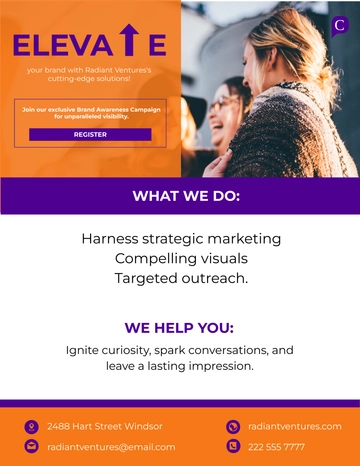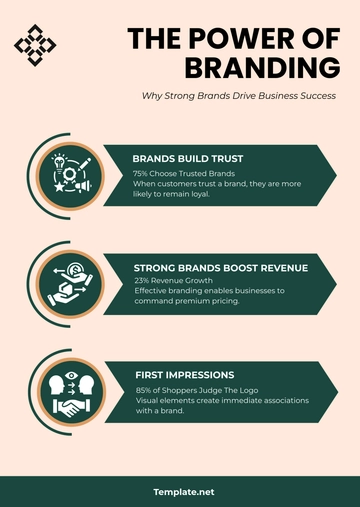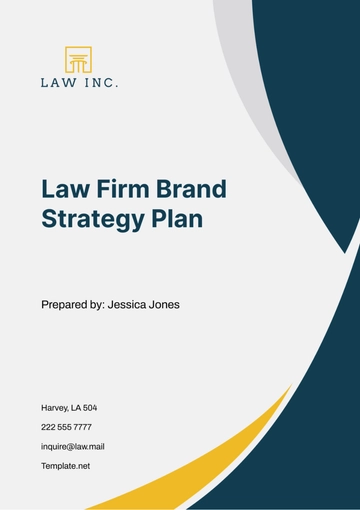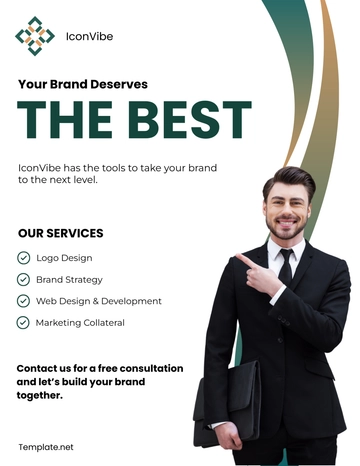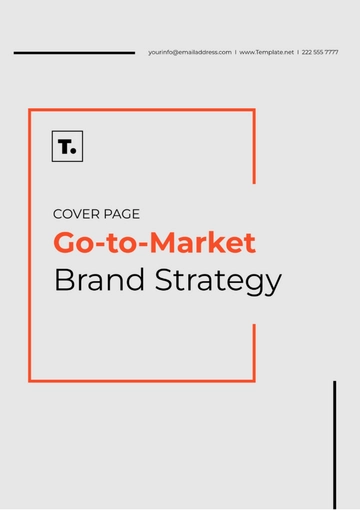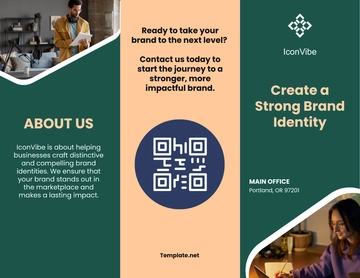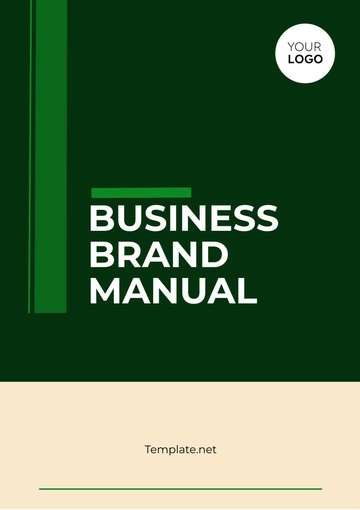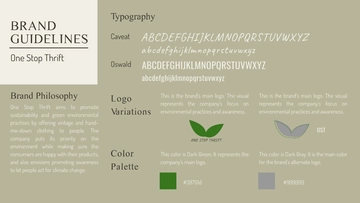Free Marketing Brand Curriculum
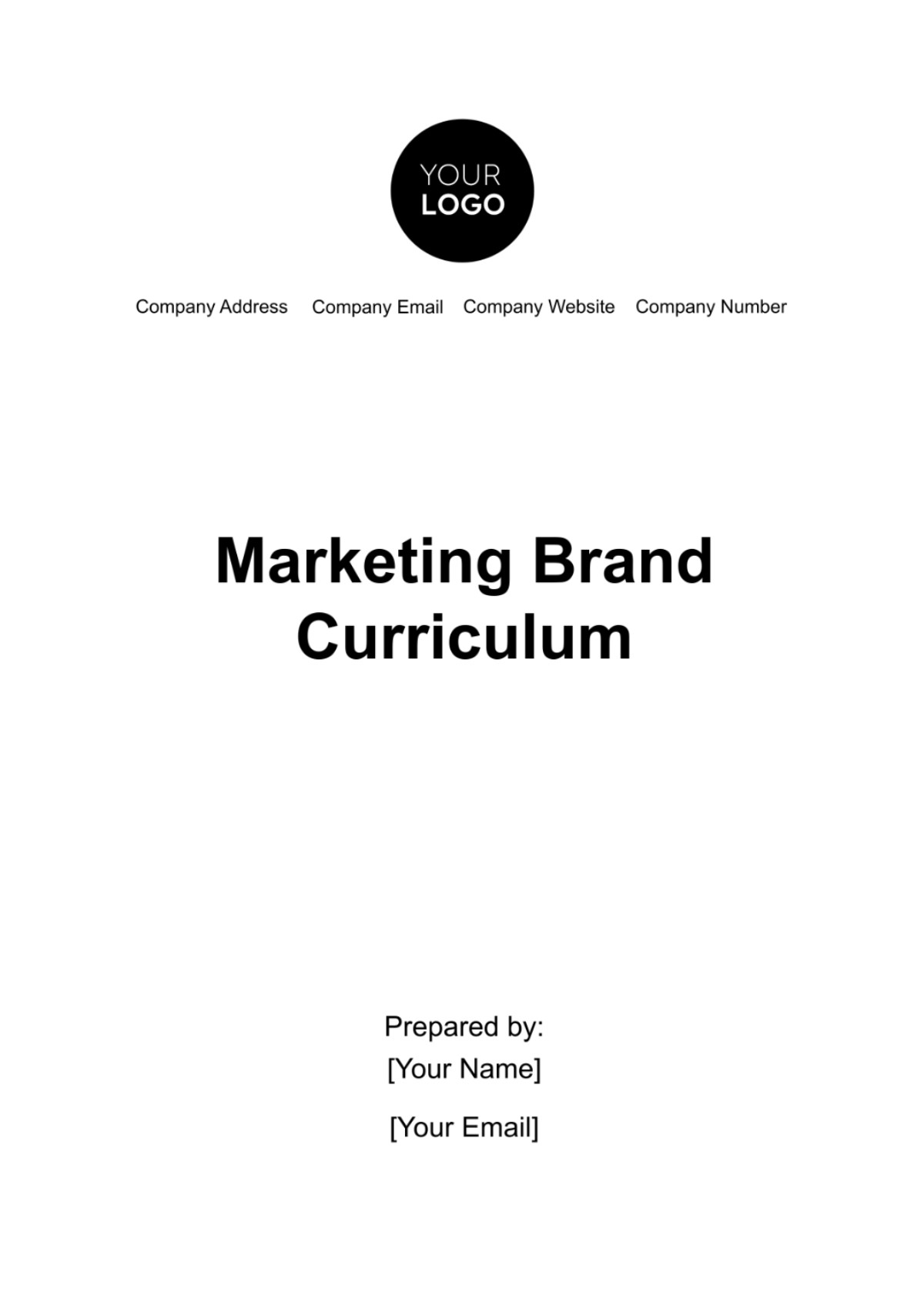
I. Executive Summary
[Your Company Name], a leading player in [Your Industry], aims to establish itself as a market leader by 2050. Our strategic focus includes enhancing brand identity, expanding our digital presence, and fostering customer loyalty. This curriculum outlines key objectives, strategies, and tactics to achieve these goals. By aligning our efforts with [Your Company's Core Values] and employing data-driven approaches, we aim to drive growth and maintain compliance with US marketing standards.
II. Market Analysis
In-depth market analysis is the foundation upon which our marketing strategy will be built. By examining the current state of the [Your Industry] industry, identifying key players, and understanding market trends.
A. Industry Overview
The [Your Industry] industry is undergoing a rapid transformation, driven by technological advancements and changing consumer preferences. It is expected to be characterized by specific trends, such as increased emphasis on sustainability, the proliferation of IoT devices, and more. These trends present both challenges and opportunities for [Your Company Name].
B. Competitive Landscape
Our industry is highly competitive, with several major players holding significant market share. Notable competitors include [Competitor 1], [Competitor 2], and [Competitor 3]. Each of these competitors has its own strengths, such as extensive global distribution networks, and diverse product portfolios. However, [Your Company Name] distinguishes itself by a focus on cutting-edge technology, and personalized customer experiences.
C. Market Trends and Opportunities
[Your Company Name] is well-positioned to leverage the following trends:
Sustainability
E-commerce Growth
IoT Integration
Market Size and Growth
Customer Segmentation
D. SWOT Analysis (Strengths, Weaknesses, Opportunities, Threats)
Strengths | Weaknesses |
|---|---|
Strong Brand Reputation: [Your Company Name] is known for its impeccable reputation and trustworthiness among customers. | Limited Global Reach: [Your Company Name] currently operates primarily within domestic markets, limiting international exposure. |
Innovative Product Range: We consistently introduce cutting-edge products that meet evolving consumer demands. | Production Inefficiencies: Our production process experiences occasional bottlenecks, affecting delivery timelines. |
Opportunities | Threats |
|---|---|
Strategic Partnerships: Collaborating with complementary businesses can enhance our market presence and offerings. | High Production Costs: The cost of production is relatively high due to specific materials and processes. |
Digital Transformation: Embracing digital technologies can streamline operations and improve customer experiences. | Overreliance on a Single Product: A substantial portion of our revenue comes from a single product line. |
E. Regulatory and Legal Considerations
The [Your Industry] sector is subject to specific regulations and legal guidelines. Our marketing activities will adhere strictly to US marketing standards and all relevant industry regulations to maintain our reputation and compliance.
III. Marketing Objectives
Our marketing objectives are laser-focused on achieving sustainable growth. We aim to increase market share, expand into new geographic markets, enhance brand visibility, and boost customer engagement. These objectives are grounded in data-driven strategies to ensure we remain agile and competitive in the ever-evolving marketing landscape.
IV. Marketing Strategies
Our marketing strategies encompass a holistic approach and are aligned with our marketing objectives and designed to ensure long-term success and growth.
Strategies | Description |
|---|---|
Market Segmentation | Tailoring our strategies to distinct customer segments based on demographics, behaviors, and needs. |
Positioning and Branding | Establishing a unique brand identity and positioning in the market to differentiate us from competitors. |
Product Development | Continuously innovating and enhancing our product offerings to meet evolving consumer demands. |
Digital Marketing | Leveraging online channels, including social media, SEO, and email marketing, to maximize our digital presence. |
V. Marketing Tactics
Our marketing tactics are the actionable steps we will take to execute our strategies effectively. Key tactics include:
Tactics | Description |
|---|---|
Social Media Marketing | Regularly posting engaging content on platforms like Facebook, Instagram, and Twitter to connect with our audience. |
Search Engine Optimization (SEO) | Optimizing our website and content to rank higher in search engine results pages (SERPs). |
Email Marketing | Sending targeted email campaigns to nurture leads and retain customers. |
Pay-Per-Click (PPC) Advertising | Sending targeted email campaigns to nurture leads and retain customers. |
VI. Content Strategy
Our content strategy is designed to engage, inform, and connect with our target audience. Key components include:
Brand Voice and Tone
Distribution Channels
Content Promotion
Performance Measurement
Content Updates
VII. Budget and Resource Allocation
This section provides a detailed breakdown of how we plan to allocate resources and funds to execute our marketing initiatives effectively.
The accompanying bar chart visually illustrates the allocation of our budget across key categories, offering a clear snapshot of our financial strategy.
VIII. Timeline and Milestones
Our marketing plan is anchored in a well-defined timeline with critical milestones to ensure progress and accountability. Key elements include:
Milestone Identification
Product Launches
Major Campaigns
Market Expansions
Responsibility Allocation
Milestones are assigned to responsible team members or departments
Tracking and Evaluation
Ongoing monitoring of milestone progress
Adjustments made as needed
IX. Measurement and Analytics
Our marketing strategy is data-driven, and this section outlines how we will measure success and gain insights into our marketing efforts:
Key Performance Indicators (KPIs)
Analytics Tools
Data Reporting
A/B Testing
Continuous Optimization
X. Brand Guidelines
Our brand guidelines serve as the foundation for maintaining a consistent and cohesive brand identity. They encompass logo usage, color palettes, typography, tone of voice, and visual elements. By adhering to these guidelines, we ensure our brand's integrity and recognition while enhancing customer trust and loyalty.
XI. Risk Assessment
In our marketing plan, we've conducted a comprehensive risk assessment to identify potential challenges and uncertainties. Key elements include:
Market Fluctuations
Competitive Landscape
Regulatory Changes
Technology Disruptions
Resource Constraints
XII. Conclusion
Our marketing plan is more than just a roadmap; it's a blueprint for long-term success, extending well into the future. Rooted in data-driven insights and aligned with our strategic objectives, it positions us to thrive in a dynamic landscape. By steadfastly adhering to our brand guidelines, harnessing the power of analytics, and proactively addressing potential risks, we ensure our brand's enduring integrity and unwavering customer loyalty.
Our commitment to innovation and adaptability drives our vision forward, propelling us towards a future where our marketing endeavors lead to lasting impact and sustained growth.
- 100% Customizable, free editor
- Access 1 Million+ Templates, photo’s & graphics
- Download or share as a template
- Click and replace photos, graphics, text, backgrounds
- Resize, crop, AI write & more
- Access advanced editor
Elevate your brand with Template.net's Marketing Brand Curriculum Template. This fully customizable and editable product allows you to craft a personal brand strategy seamlessly. Experience the flexibility of tailoring your content with our Ai Editor Tool for precise, professional-looking results. Enhance your brand's presence today with Template.net.






